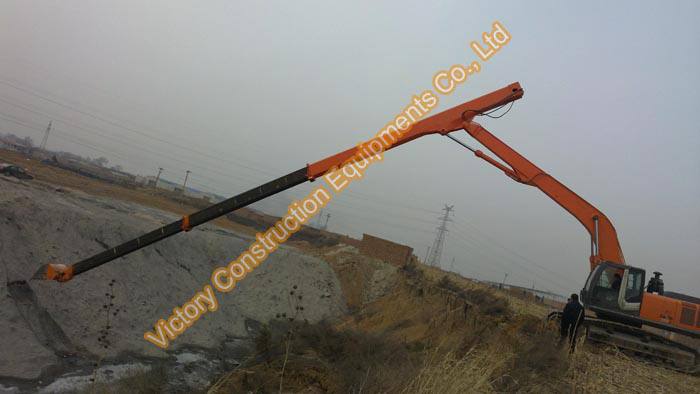Flash flood feared as India to open all Farakka gates
Dhaka: Indian government has decided to open nearly all the gates of Farakka dam in order to improve flood situation in its Bihar state, amid fear that the move might cause flood in Bangladesh again, reported BBC Bangla on Tuesday.
The country’s Central Water Resources Ministry has already directed that 100 out of the total 104 gates of the Farakka barrage in West Bengal state to be opened, BBC said quoting the ministry spokesman Samir Sinha, who described the order as a ‘regular incident’ during monsoon.
The move to open 100 gates of Farakka barrage came after discussing the issue with the authorities in Bangladesh, claimed Samir Sinha.
About 11 lakh cusecs of water will be released when the gates are opened.
However, an official of (awami league officials) [in] Bangladesh flood forecasting and warning centre said the opening of the gates will not cause flood here.
The massive amount of water that will be flowing towards Bangladesh from the Farakka barrage will only raise the water level in the River Padma leaving the level of water in the major rivers like the Brahmaputra and the Jamuna unchanged, flood forecasting and warning centre engineer Sazzad Khandakar told BBC.
Sazzad Khandakar said the barrage gates are supposed to remain open at this time of the year wondering why such directives were given by the Indian authorities.
Bihar Chief Minister Nitish Kumar on Sunday demanded removal of the Farakka barrage on the Ganga River and formulation of a national silt management policy to protect the state from devastating floods, according to an IANS report.
‘It is not possible to protect Bihar from devastating floods without removal of Farakka barrage on the Ganga river,’ Nitish Kumar told the media in Patna before going for an aerial survey of the flood-affected six districts — including Patna, where the situation has worsened due to rising water level in the Ganga and its tributaries.
http://en.ntvbd.com/bangladesh/32189/Flash-flood-feared-as-India-to-open-all-Farakka-gates
Dhaka: Indian government has decided to open nearly all the gates of Farakka dam in order to improve flood situation in its Bihar state, amid fear that the move might cause flood in Bangladesh again, reported BBC Bangla on Tuesday.
The country’s Central Water Resources Ministry has already directed that 100 out of the total 104 gates of the Farakka barrage in West Bengal state to be opened, BBC said quoting the ministry spokesman Samir Sinha, who described the order as a ‘regular incident’ during monsoon.
The move to open 100 gates of Farakka barrage came after discussing the issue with the authorities in Bangladesh, claimed Samir Sinha.
About 11 lakh cusecs of water will be released when the gates are opened.
However, an official of (awami league officials) [in] Bangladesh flood forecasting and warning centre said the opening of the gates will not cause flood here.
The massive amount of water that will be flowing towards Bangladesh from the Farakka barrage will only raise the water level in the River Padma leaving the level of water in the major rivers like the Brahmaputra and the Jamuna unchanged, flood forecasting and warning centre engineer Sazzad Khandakar told BBC.
Sazzad Khandakar said the barrage gates are supposed to remain open at this time of the year wondering why such directives were given by the Indian authorities.
Bihar Chief Minister Nitish Kumar on Sunday demanded removal of the Farakka barrage on the Ganga River and formulation of a national silt management policy to protect the state from devastating floods, according to an IANS report.
‘It is not possible to protect Bihar from devastating floods without removal of Farakka barrage on the Ganga river,’ Nitish Kumar told the media in Patna before going for an aerial survey of the flood-affected six districts — including Patna, where the situation has worsened due to rising water level in the Ganga and its tributaries.
http://en.ntvbd.com/bangladesh/32189/Flash-flood-feared-as-India-to-open-all-Farakka-gates





















